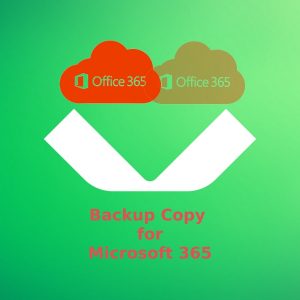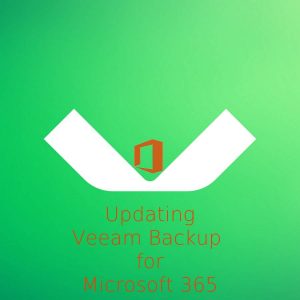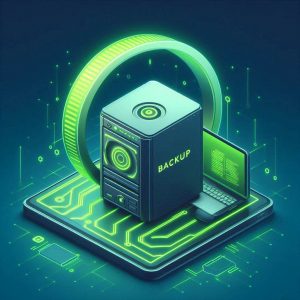VeeamOn is upon us once more and is loaded with many great announcements for new innovations and technology in the backup and cyber resiliency space. There were recaps of announcements made earlier in the year, such as; Veeam Data Cloud, and Coveware. But there was some secrets that were kept very quiet.
Veeam, in recent years, has had a strong focus on Cyber Security, and protecting not only your backups, but also detecting anomalies in your data, capturing malicious content before it becomes a problem. There are many ways in which your backups can be protected using technologies like; Immutability, Encryption and in-line malware detection. Each one plays a critical role.
At VeeamOn 24, Veeam highlighted the Veeam Cyber Secure Program detailing the workflow for securing your backups, detecting anomalies and performing the subsequent action required to ensure your business data is secure and protected or getting the business back on their feet after a cyber incident.

Before getting into announcements, taking a look back at the history of innovation from Veeam is a great way show the progression over the years for how the product(s) have transformed and become what they are today, and where the product is heading.

But now it is time, the future of Veeam products is laid out, what new versions and what are they going to entail?
First up, the small updates and additions to existing products on the market. Some highlight
Kubernetes Backup – V7 (Available Now):
- FIPS- Enable Cluster
- Azure Blob Immutability
- OpenShift Support
Veeam Backup for M365 – V8
- Immutability for Primary Backups
- Linux Proxys
- Proxy Pools
- MFA for Console access
Backup for AWS – V8
- AWS RedShift Support
- ASW FSx
Backup for Azure – V7
- CosmosDB Support
Backup for Salesforce – V3
- Data Encryption
- Data Archiving
- Data Pipeline
Moving to the longest standing Veeam product, there is always room for improvement or other technologies out there that just aren’t being backed up yet. Anton dove straight in and presented backup for both MongoDB and Microsoft Entra ID. These are both built into Veeam Backup and Replication, extending the feature set to do more.
Some will wonder why Entra ID is going to Veeam BR rather than VB365, and there are going to be a few answers, but it comes down to the majority that will benefit from being able to backup their users in Azure and restore user properties. Those customers may also not use the full Azure suite and may only have it for authentication into their environment. EntraID becomes the backbone, the replacement for Active Directory on-premises.
And finally, the most exciting announcement I thought was worth highlighting is Veeam Backup and Replication V13 will be coming with support to run on Linux! This is something that Veeam has fallen behind on, but it has certainly been assumed that it was on the road map, as each new version of VBR brought in another component running on Linux. There are possibly a few components that might not support running on Linux, but I’m sure these will come over time.
Running on Linux allows for greater control, security, and performance. This now brings the flexibility that could be used to build Veeam appliances that MSPs and Service Providers can supply to customer sites to create a primary backup copy and then using cloud connect, store a backup copy offsite with the Service Provider – This is just one of the possibilities – Sure, you could do that with Windows, but there are more limitations and additional licensing.
All this is due for release Q3 2024. Watch out for further announcements on day 2, along with product demoes.






